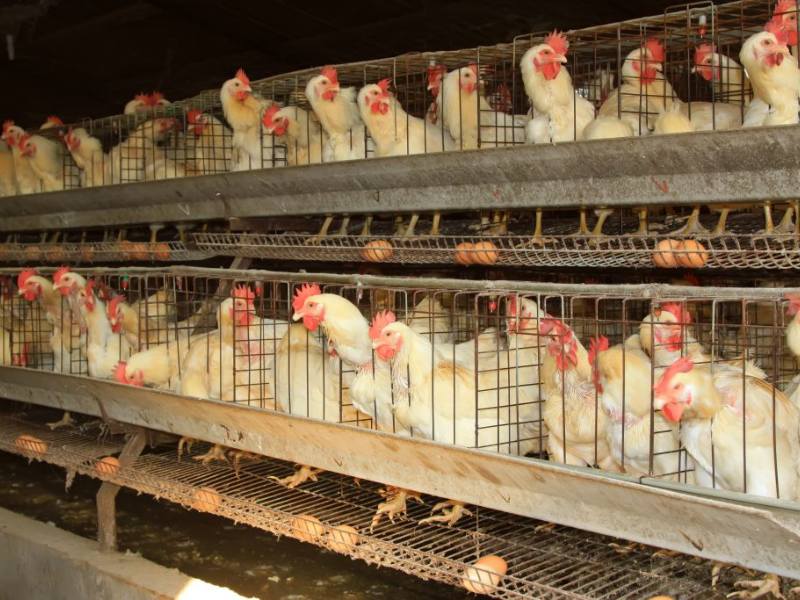
How Layer Chicken Cages Revolutionize Poultry Farming
I’ve seen how poultry farming has changed with new systems like layer chicken cages. These cages have made farming much easier for farmers. For example:
Farms using H-type cages work 30% more efficiently than older methods.
A farm in Southeast Asia increased egg production by 25% with automation.
Labor costs went down by 40% in six months after using these systems.
These cages save space and keep chickens healthier, helping farmers long-term. With features like automatic feeding and waste cleaning, they make daily work simpler and boost productivity.
Key Takeaways
Layer chicken cages improve efficiency by 30%, making work simpler.
Automatic systems cut labor costs by 40%, freeing up farmers’ time.
Clean cages keep chickens healthy, helping them lay more eggs.
These cages use less space and resources, helping the environment.
Strong cages last longer, saving money and improving farm operations.
What Are Layer Chicken Cages?
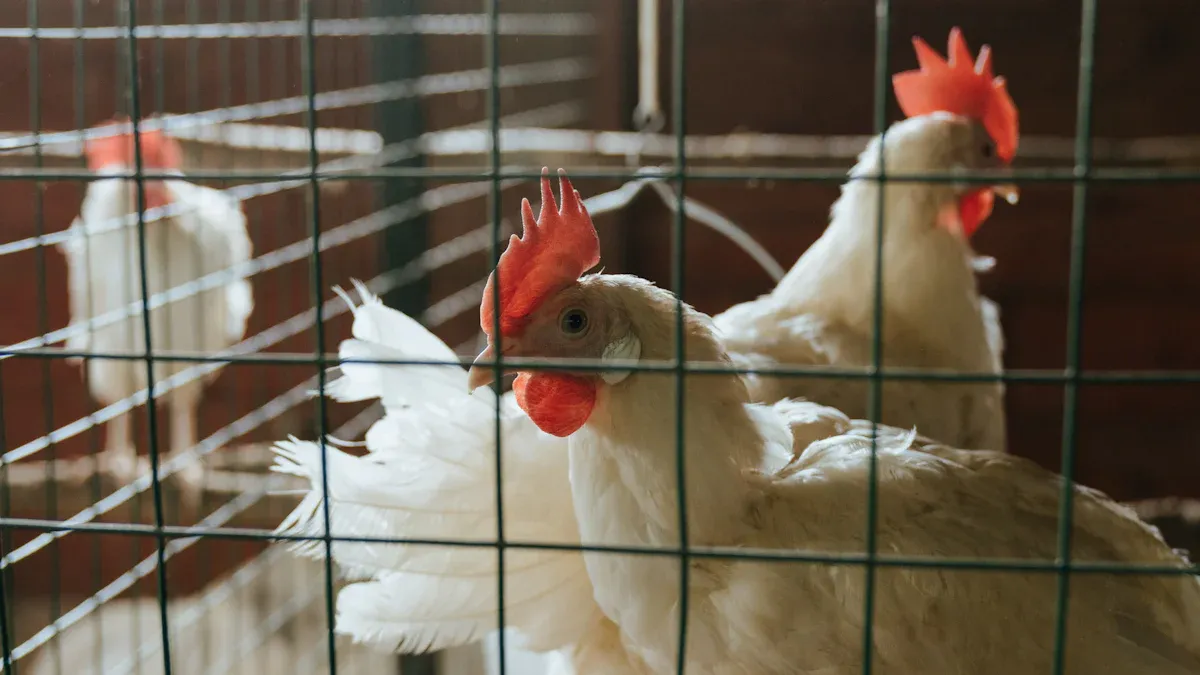
Definition and Purpose
Layer chicken cages are special systems made for egg-laying hens. These cages save space and help farmers manage their farms better. They give hens a safe place to live, which leads to more eggs. Tasks like feeding, watering, and cleaning are done automatically, making farming easier.
The goal of these cages is simple. They help farmers save time and money while keeping chickens healthy. These cages also lower the chance of diseases by keeping hens away from waste. This setup helps farms run smoothly and produce more eggs.
Note: Automated layer chicken cages can work 30% better than older methods.
Key Features of Layer Chicken Cages
Layer chicken cages are special because of their smart features. Automation is a big part of these systems. They take care of feeding, watering, collecting eggs, and cleaning waste with little effort from farmers.
Another important feature is keeping chickens healthy. The design keeps things clean, which stops diseases from spreading. Healthy chickens lay better eggs. Also, the cages stack in layers, so farmers can keep more hens in less space.
Here’s a simple list of what makes these cages great:
Enhanced Productivity: Better care means more eggs.
Reduced Labor Costs: Machines do the hard work.
Better Poultry Health: Clean cages mean fewer diseases.
Types of Layer Chicken Cages
Farmers can pick from different types of layer chicken cages. I’ve seen three main kinds used on farms:
For example, H-Type cages are great for big farms. They have advanced features and can hold many hens. A-Type cages are better for smaller farms that need cheaper options.
How Layer Chicken Cages Improve Productivity
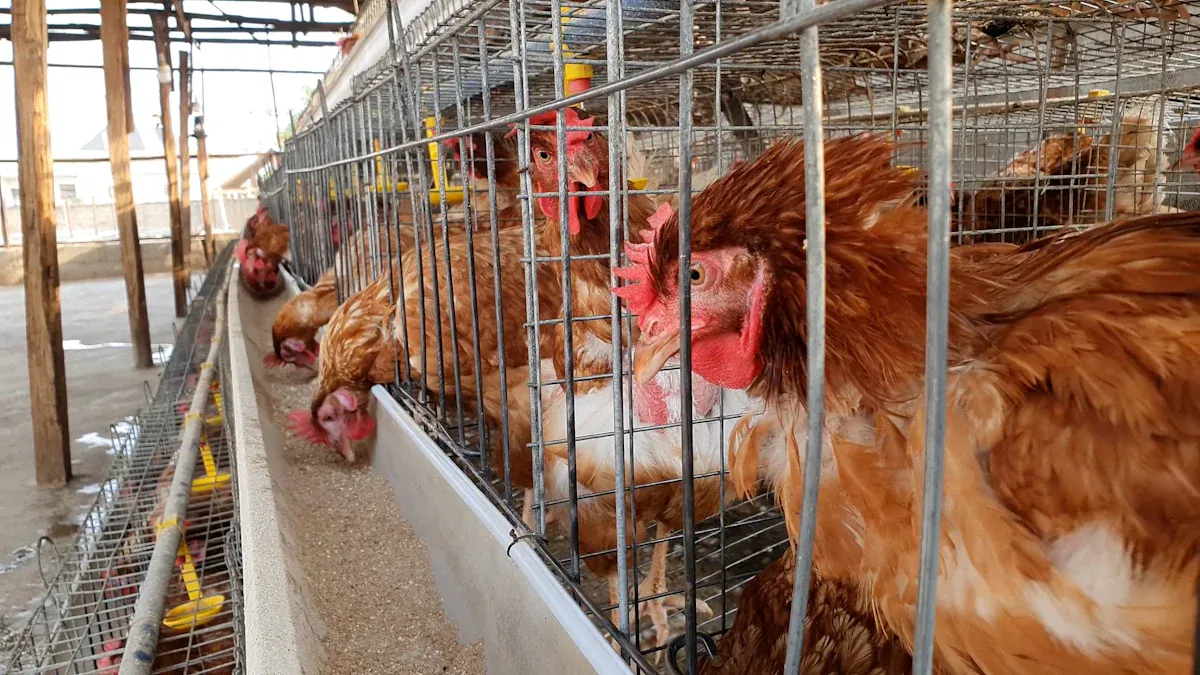
Increased Egg Production
Layer chicken cages help hens lay more eggs. These systems give hens the best conditions for egg-laying. For example, the H Type Automatic Egg Layer Chicken Cage is built to increase egg output. It ensures hens always have food and water. This lowers stress, which can reduce egg production.
The automated egg collection system is very helpful. It carefully collects eggs without breaking them. This gives farmers more good-quality eggs with less work. Farms using these cages see better results because hens have proper spaces for laying eggs.
Farms using H-type cages are 30% more efficient than old methods.
Automated systems lower stress and improve egg quality.
Stacked cages hold more hens in less space, boosting productivity.
Better Feed Efficiency
These cages also make feeding more efficient. They ensure every hen gets enough food. The automated feeding system spreads food evenly, reducing waste. This saves farmers money and keeps hens healthy.
Research shows farms with H-type cages have 30% better feed efficiency. The design stops food from spilling and makes it easy for hens to eat. Better feed use means lower costs and healthier hens.
Improved Chicken Health and Welfare
Healthy chickens are key to better farming. Layer chicken cages keep the environment clean and safe. The automated waste system removes manure often, cutting down disease risks. Healthy hens lay more eggs, helping farmers.
These cages also give hens enough space and clean water. This improves their overall health. Some countries, like the UK, have banned old battery cages to improve hen welfare. Modern systems like the H Type Layer Chicken Cage meet these standards, making them a great choice for farmers.
Tip: Clean and calm environments lead to healthier hens and more eggs.
Economic Benefits of Layer Chicken Cages
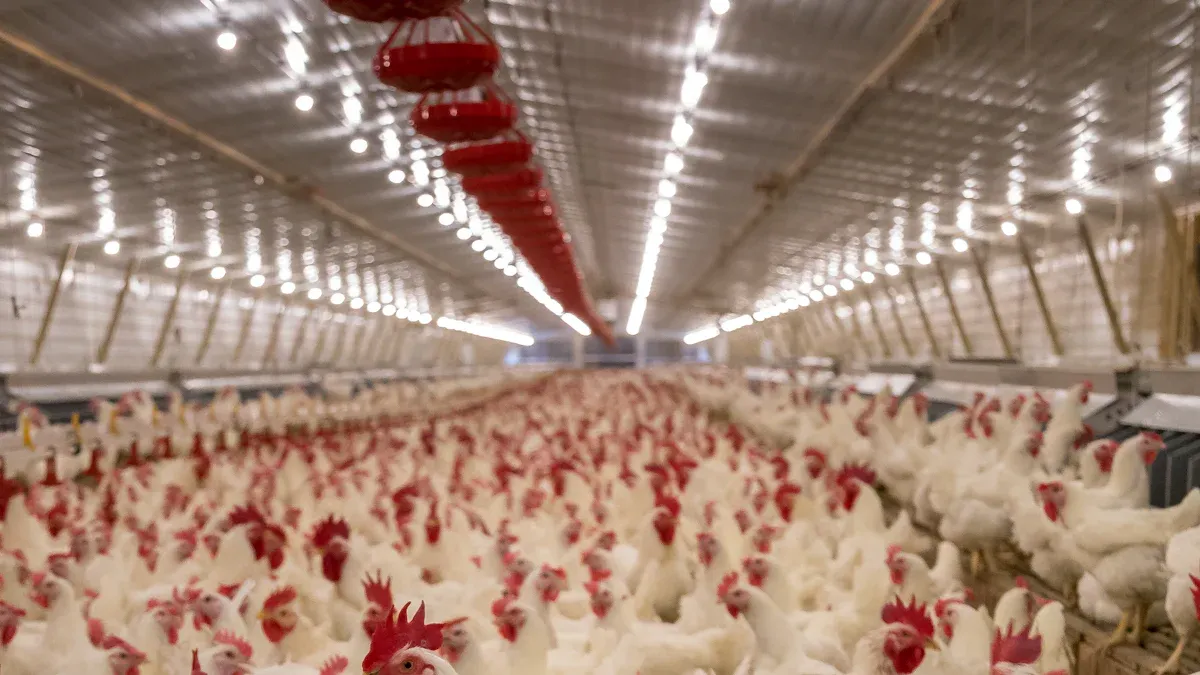
Cost Savings in Poultry Farming
Layer chicken cages help farmers save a lot of money. These systems cut costs by automating tasks like feeding and cleaning. Farms using H-type cages are 30% more efficient than older methods. This means farmers can produce more eggs while spending less.
The automated feeding system spreads food evenly to all hens. This reduces waste and ensures hens get enough food. Less wasted food means lower costs and a cleaner environment. The egg collection system also prevents breakage, so farmers can sell more eggs.
These cages are made from strong materials that last over 20 years. They need little maintenance, saving money in the long run. This makes them a smart choice for poultry farms.
Reduced Labor Requirements
Layer chicken cages also reduce the need for workers. Automation handles feeding, cleaning, and egg collection. This gives farmers more time to focus on other farm tasks.
Here’s how labor costs are reduced:
Machines feed hens and collect eggs, saving time.
Fewer workers are needed, cutting down expenses.
Farms become more productive with less manual work.
By using these systems, farmers save money and make their farms more efficient.
Durability and Long-Term Investment
Layer chicken cages are built to last a long time. They are made from strong materials like galvanized steel. This material resists rust and works well in humid areas or tough weather.
Here’s a comparison of materials used in these cages:
These cages need fewer repairs and last for decades. Farmers can depend on them for reliable use. They save money and improve farm productivity, making them a great investment.
Environmental Benefits of Layer Chicken Cages
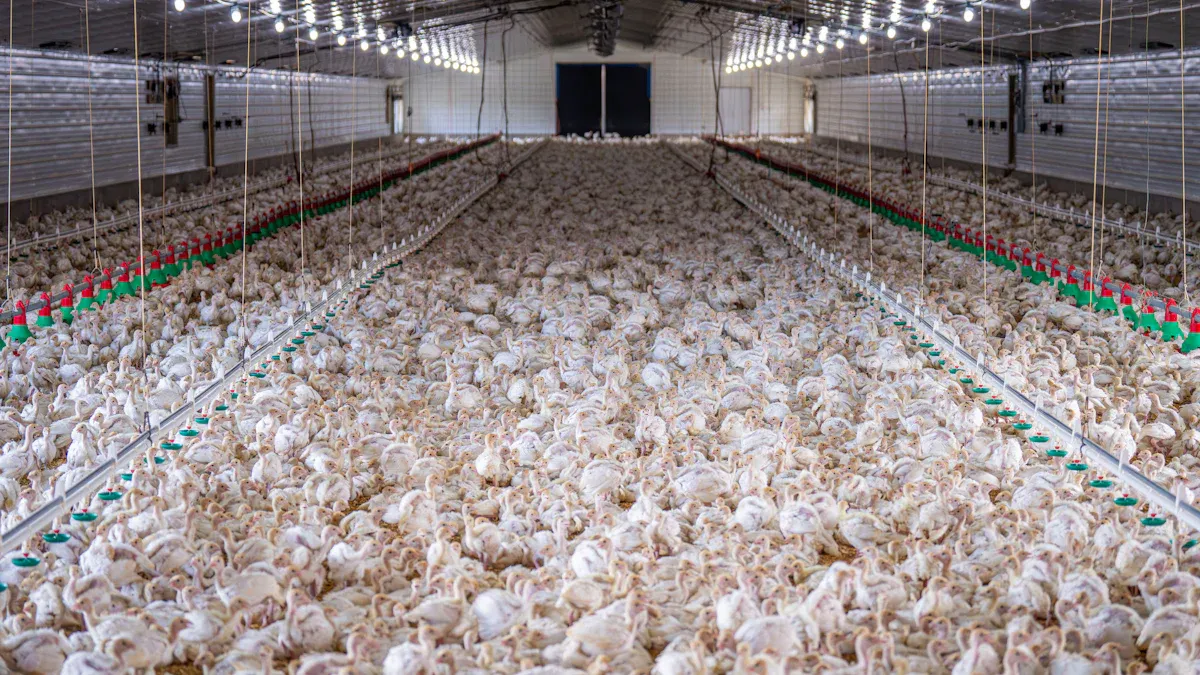
Easy Waste Management
Layer chicken cages make handling waste simple and effective. These systems help keep farms clean and healthy. The cages have manure belts that remove waste often. This lowers ammonia levels, which keeps chickens from getting sick. It also saves farmers time and effort.
The collected waste can be turned into fertilizer, helping the environment. This system keeps the cages clean and improves chicken health. Here’s a quick summary of how it works:
Less Land and Resource Use
Layer chicken cages help farmers use less land and fewer resources. Their stacked design lets farmers keep more hens in smaller spaces. This means less land is needed. Automated systems also manage waste better and reduce harm to the environment. Key benefits include:
Cuts down on wasted feed.
Improves waste handling to protect the environment.
Reduces the carbon footprint of egg farming.
These cages let farmers produce more eggs while saving resources. This makes poultry farming more eco-friendly.
Saving Energy in Poultry Farming
Layer chicken cages are also energy-saving. They use machines for feeding and egg collection, which need less energy. Their design allows natural light and air to flow, cutting the need for lights and fans. Strong materials like galvanized wire last longer, so they don’t need replacing often.
Here’s how these cages save energy:
By using these energy-saving systems, farmers can cut costs and help the planet.
Layer chicken cages, such as the LIVI H Type, have changed poultry farming. These systems make work easier by automating tasks for farmers. Farms using H-type cages are 30% more efficient than older methods. Automated care keeps chickens healthy and increases egg production. Their strong design helps save money over time. Using these modern systems, farmers can work better and support eco-friendly farming.
FAQ
What are the main benefits of using layer chicken cages?
Layer chicken cages help farmers save money and time. They improve egg production and keep chickens healthy. These systems also manage waste better and use fewer resources.
Tip: Automated cages like the LIVI H Type give the best results.
How do layer chicken cages ensure chicken health?
These cages keep chickens clean and safe from diseases. Waste is removed automatically, lowering health risks. They also provide fresh air and clean water, helping chickens lay more eggs.
Are layer chicken cages suitable for small farms?
Yes, small farms can use A-Type layer chicken cages. They are cheap and save space. These cages include features like automatic feeding and cleaning. Farmers can expand as their farms grow.
How long do layer chicken cages last?
Good-quality cages, like galvanized steel ones, last up to 30 years. They don’t rust and need little fixing. This makes them a smart, long-term choice for farmers.
Can layer chicken cages help reduce environmental impact?
Yes, these cages use less land and energy. They handle waste well, and manure can be used as fertilizer. This makes farming better for the environment.
Note: Eco-friendly cages help both farms and nature thrive.
